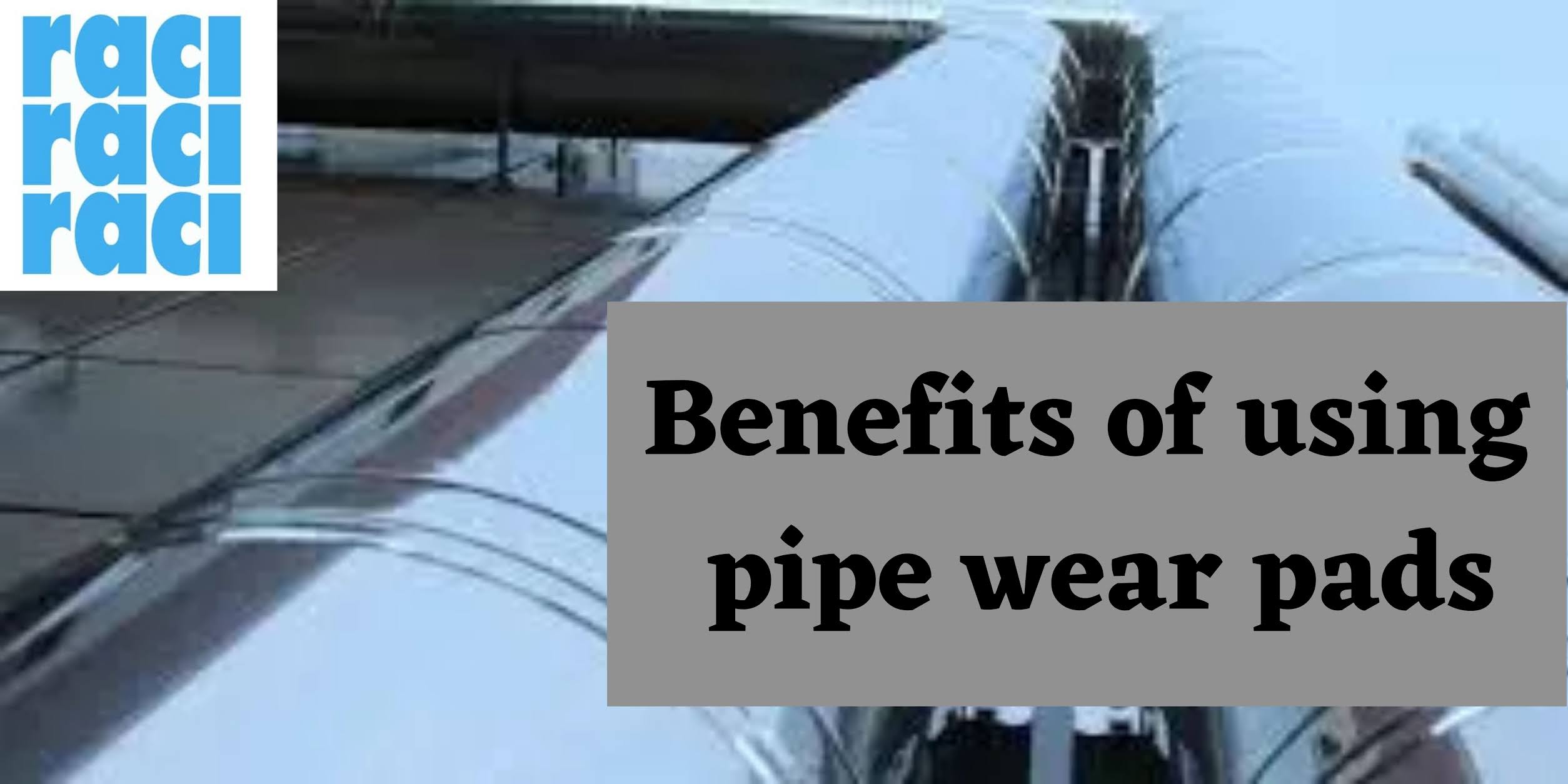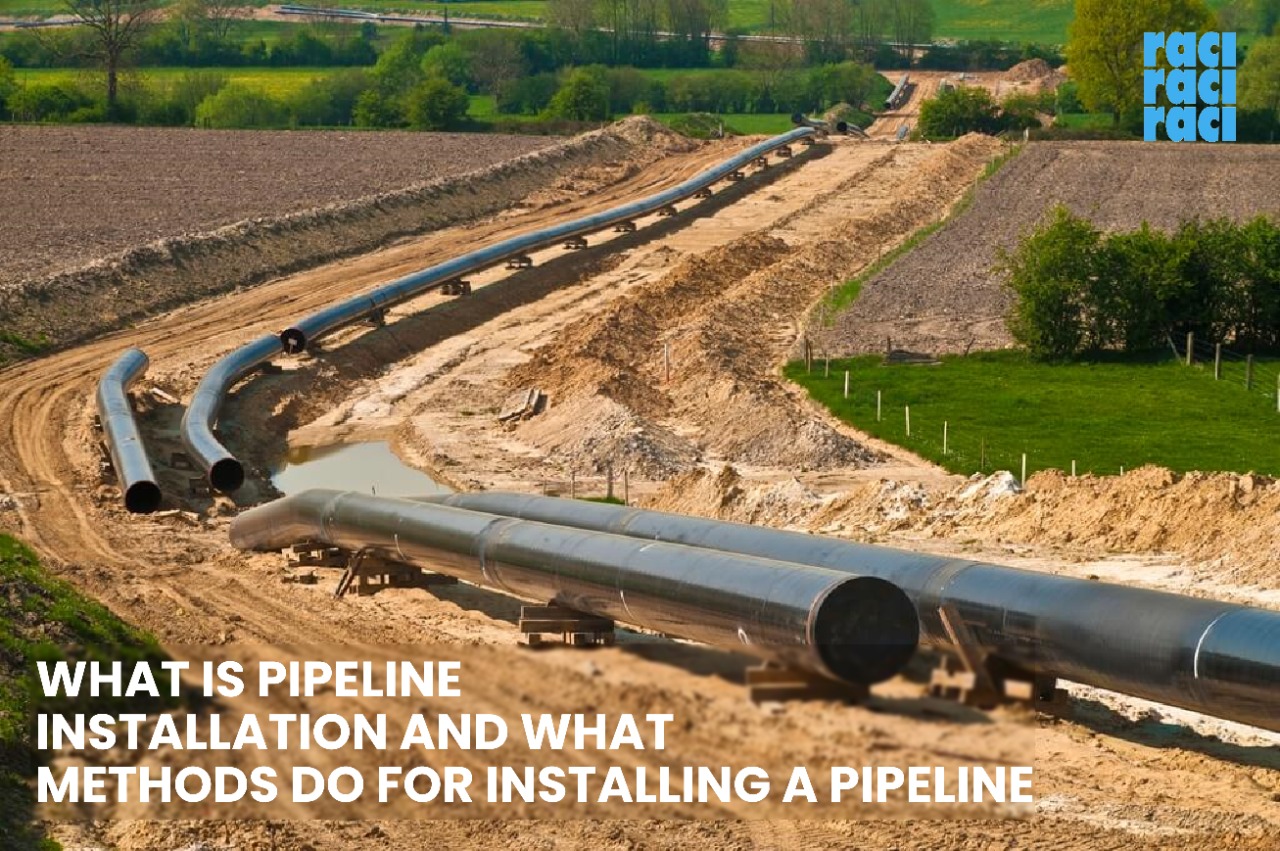5 Tips to Repair the Underground Pipe Leaks

Pipelines undergo numerous inspections and pipeline rehabilitation companies use the latest technology to reduce the chances of a leak or a rupture. But whether it is a gas pipeline in India or an oil pipeline in India, they run much longer. Once they are installed it is more likely that a pipe will need to be repaired at some point in the future. Here are 5 tips to repair the underground pipe leak. Detecting the leak on time - Detecting the leak on time helps to quickly control the discharge and start the underground pipeline leak repair. Detecting a leak can help pipeline installation companies to control losses(human and financial) and environmental impacts. There are three ways to detect a leak: External - It is a method in which Leaks can be detected with the use of man-made methods to detect the leak in the pipelines. Internal - In this method, the rehabilitation team may use software that works on algorithms and sensor monitoring systems to check the interiors of the pip





